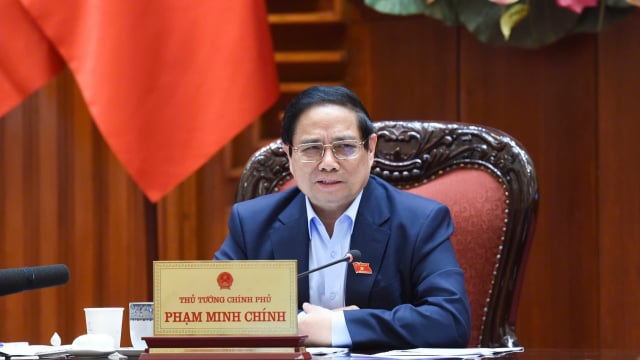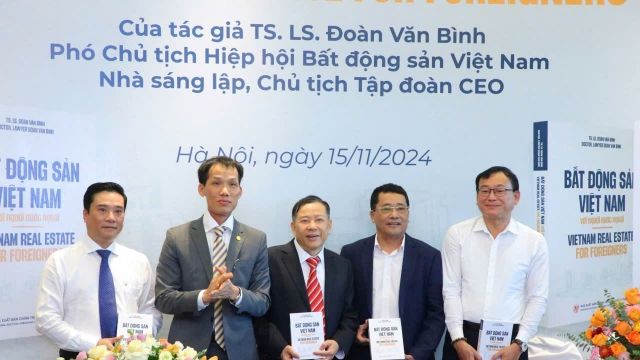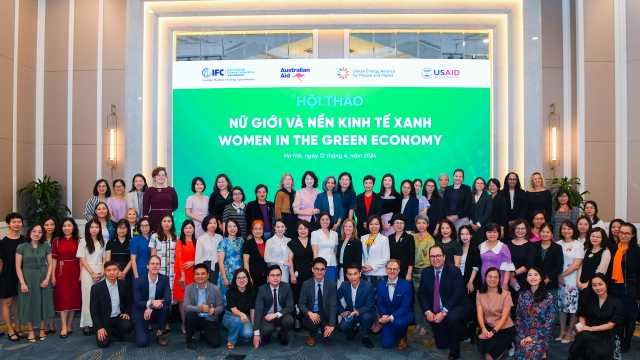National Focus
It’s time for Vietnam’s renewable energy to pay back its developers
The flourishing solar sector and growing pipeline of wind projects show Vietnam can attract investment from high quality developers.

According to a new report released by the Institute for Energy Economics and Financial Analysis (IEEFA) in mid-September, Vietnam’s renewables policymakers have been rewarded for their steady management of the solar feed-in-tariff (FiT) program with impressive renewable capacity gains.
Such solar FiT program awarded a $0.09 per kilowatt tariff (kWh) to solar developers delivering new capacity by the end of June 2019.
The country has got a positive outcome because regional experts were cautious about whether the programme offered enough upside to funders focused on market risk. In the end, the doubters were proven wrong and Vietnamese consumers will benefit from an estimated 4.46 gigawatts of new clean solar capacity.
The renewable energy resource will now support Vietnam’s fast-growing economy at a time when its slow-moving pipeline of baseload coal projects faces new environmental challenges and deteriorating economics due to rapid improvements in cost-effective renewable solutions.
According to Melissa Brown, the report author and energy finance consultant at IEEFA, the government’s successful solar programme has stood out among Southeast Asia’s fast-growth power markets.
“Delivering 4.46 gigawatts of new capacity over two years is a tremendous achievement. It validates the renewable energy ambitions of the Vietnamese government.”
The next phase of Vietnam’s renewables program will now focus on wind, and the country has excellent offshore wind potential.
Brown thus noted that the challenge now is to prioritise programmes that can deliver the right kind of grid capacity for renewable solutions. “With more transmission capacity in place, new capacity auctions and incentive pricing for more flexible capacity can satisfy a bigger share of Vietnam’s power needs.”
“The flourishing solar sector and growing pipeline of wind projects show Vietnam can attract investment from high quality developers who are eager to partner with Vietnam on ambitious renewable developments,” said Brown.
New partnerships between foreign and local developers will be crucial for technically demanding offshore wind projects, she added.
The report also suggests nearshore and offshore sites have the greatest potential for the wind sector and can be built near areas where power is needed most, like Ho Chi Minh City.
It will also be important to see whether global banks and investors can collaborate to develop financing solutions that are a good fit for Vietnam’s wind power sector.
Macquerie Capital to invest in Vietnam’s renewable energy
Resolution 68: A turning point in Vietnam's private sector policy
As Vietnam sets its sights on becoming a high-income country by 2045, Resolution 68 lays a crucial foundation. But turning vision into reality requires not only good policy - but also unwavering execution, mutual trust and national unity.
Vietnam plans upgrade of Gia Binh airport to dual-use international hub
Vietnam plans to upgrade Gia Binh Airport in Bac Ninh province into a dual-use international airport to support both military and civilian operations, the government said on Friday.
Lives under the scorching sun: Outdoor workers racing against climate change
Under unforgiving conditions, the outdoor workers - the backbone of urban economies - endure the harshest impacts of climate change while remaining overlooked by social safety nets. Their resilience and struggles highlight the urgent need for better protection in the face of rising temperatures and precarious livelihoods.
CEO Group chairman unveils guide to Vietnam real estate for foreigners
Doan Van Binh, Chairman of CEO Group and Vice President of the Vietnam National Real Estate Association, introduced his latest book, “Vietnam Real Estate for Foreigners,” at a launch event in Hanoi on Friday.
Women leading the charge in Vietnam's green transition
Acting for increased women’s participation and leadership in climate action, Vietnam can accelerate a transition that is more inclusive, just, and impactful.
Steam for girls: A journey of passionate and creative girls
The "Steam for girls 2024" competition provides a creative platform for Steam and an opportunity for students to connect with peers from various regions within Vietnam and internationally.









































